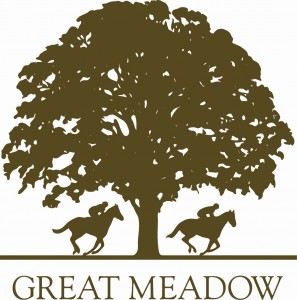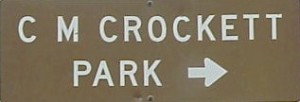Saturn rules the summer sky, but on this night, the ringed planet truly takes center stage. When it reaches opposition (its closest approach to the Earth), Saturn will be bright and fully illuminated by the Sun. You may even notice that its rings look brighter than usual thanks to a phenomenon known as the Seeliger Effect. Take it all in! Saturn’s rings will be visible in even small aperture telescopes.
A medium-sized or larger telescope will allow you to see Saturn’s rings and a few of its brightest moons.

See front page of NOVAC Site for changes to event.
More information about Great Meadow including directions and parking visit the Great Meadow Site page.
see http://cantonbecker.com/retrograde for details…
What a night for stargazing! The Aquarids meteor shower will be nearly peaking… and while you’re waiting for the total lunar eclipse, check out Mars: The red planet will be at its closest approach to Earth and its face will be fully illuminated by the Sun. It will be brighter than any other time of the year and will be visible all night long. This is the best time to view and photograph Mars. A medium-sized telescope will allow you to see some of the dark details on the planet’s orange surface. Try viewing Mars in a large telescope to see if you can spot its polar ice caps or any of the darker regions on the rusty-red surface…
A total lunar eclipse occurs when the Moon passes completely through the Earth’s dark shadow, or umbra. During this type of eclipse, the Moon will gradually get darker and then take on a rusty or blood red color. The eclipse will be visible throughout most of Europe, Africa, western and central Asia, the Indian Ocean, and Western Australia.


